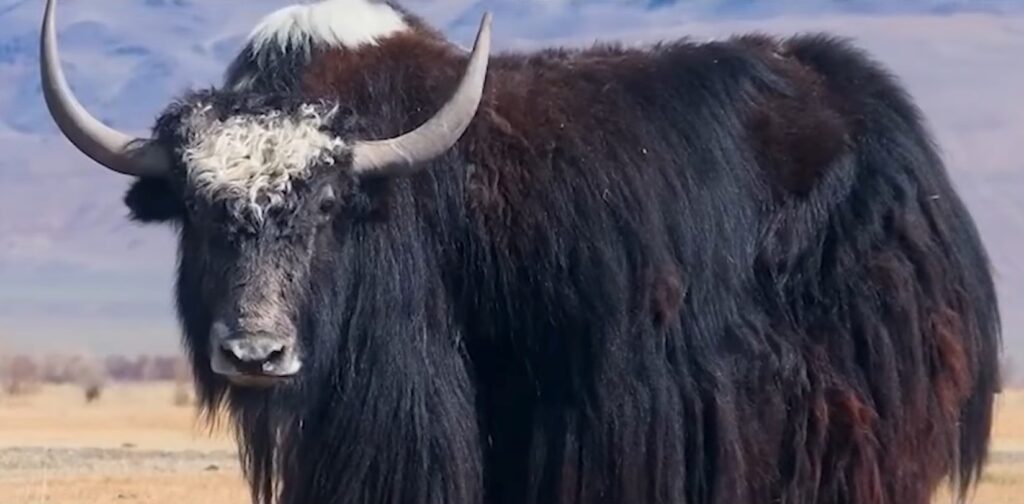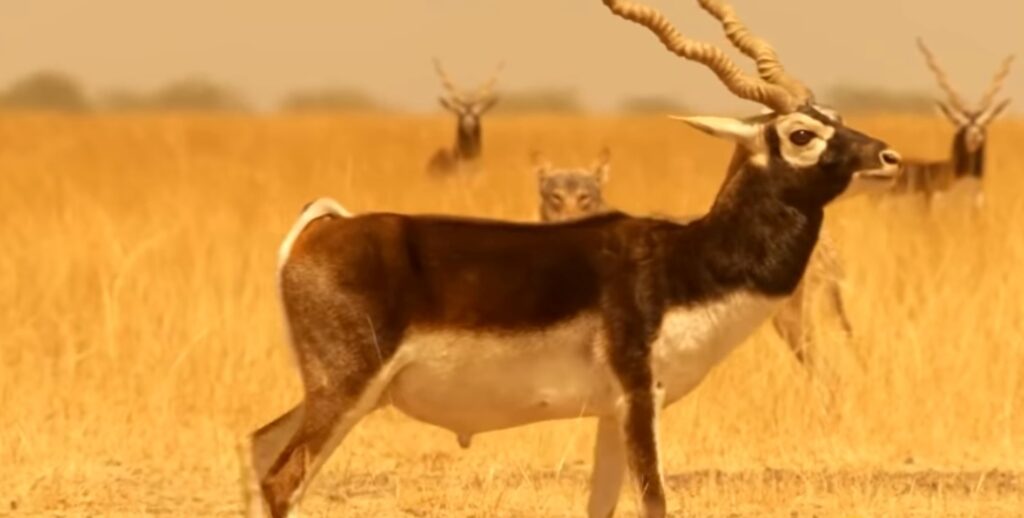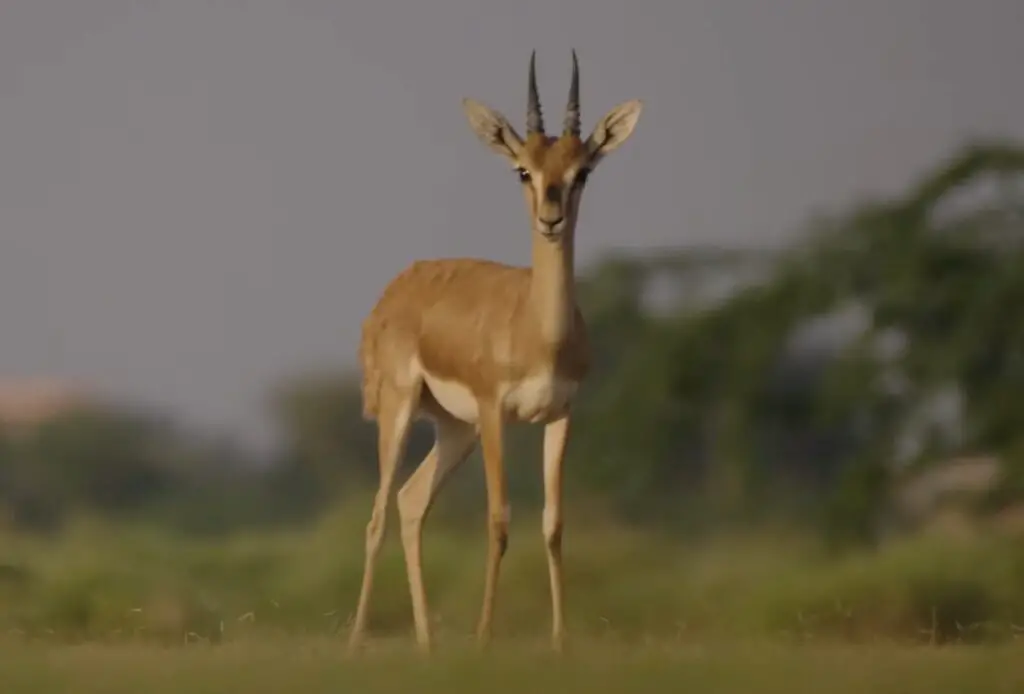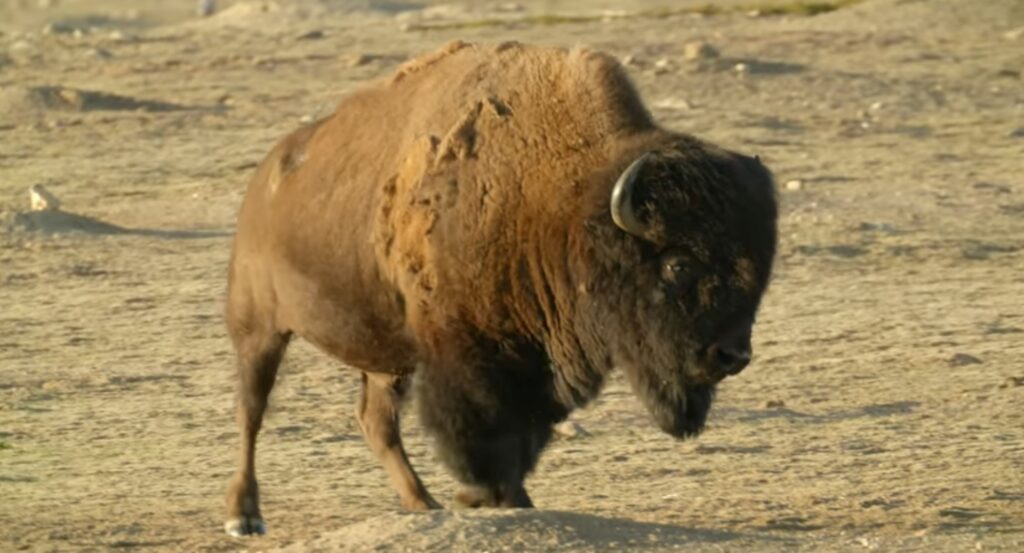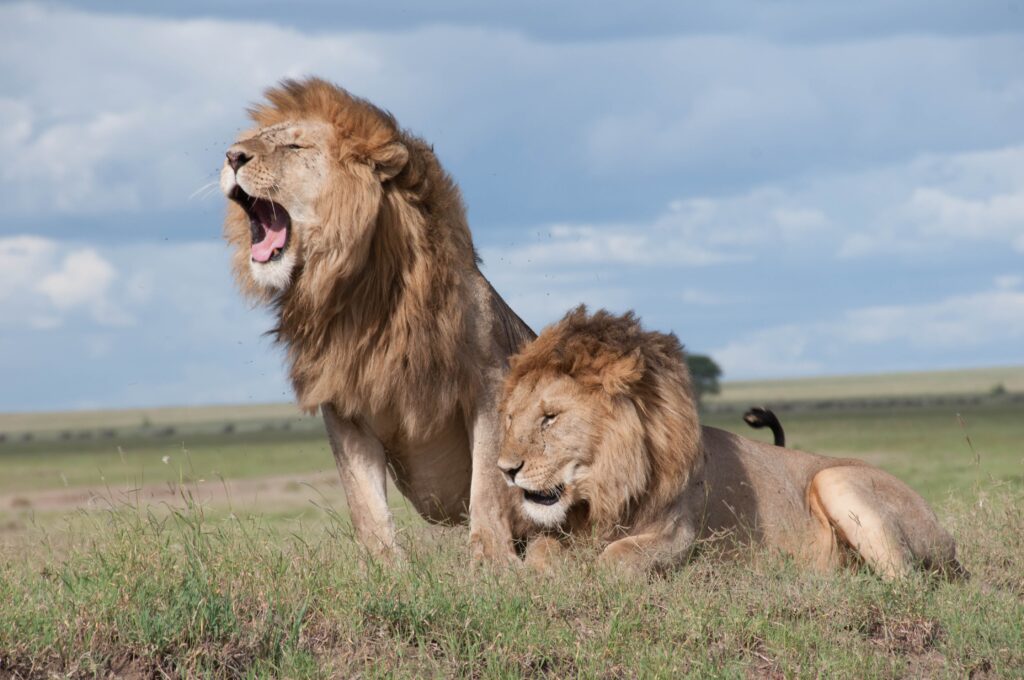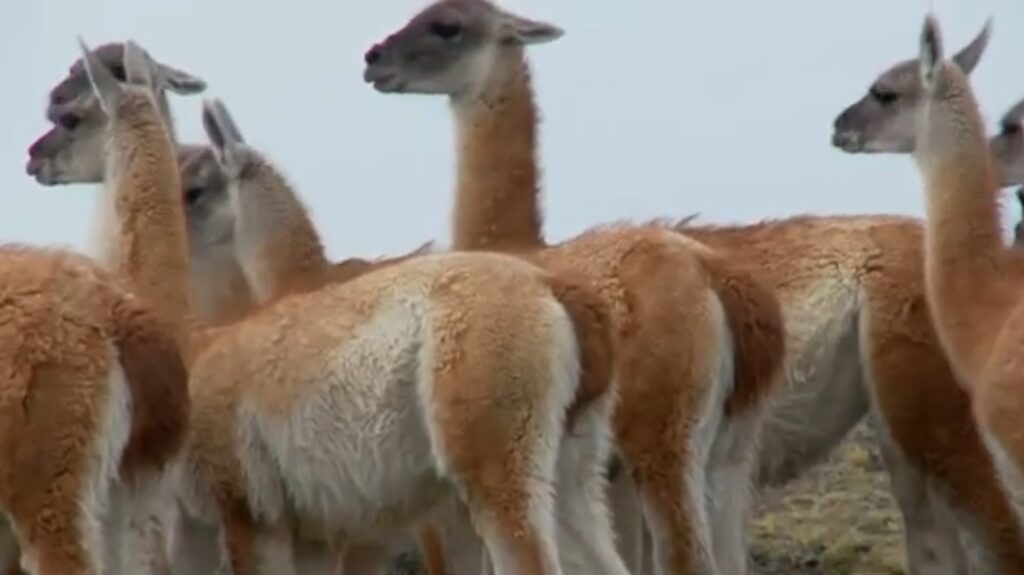Yaks are large, shaggy-haired mammals that are native to the Himalayan region of Asia, including parts of Nepal, Tibet, Bhutan, and Mongolia. They are highly adapted to life in high-altitude environments and are an important part of the culture and economy of many mountain communities.
Yaks are closely related to cattle and bison and are a member of the Bovidae family. They are often used for their meat, milk, and wool, as well as for transportation and as pack animals. In addition, they play an important role in traditional ceremonies and festivals and are highly valued for their spiritual and cultural significance.
Himalayan Yak
The Himalayan yak, also known as Tartar ox, grunting ox, or hairy cattle, is a species of long-haired domesticated cattle found throughout the Himalayan region (Gilgit Baltistan) of Pakistan, the Tibetan Plateau in Kachin State. (Northern Myanmar), Yunnan, Sichuan, and as far north as Mongolia and Siberia.
Characteristics of Yak Animal
Yaks are well-suited to life in the harsh mountain environment, where food and water can be scarce. They have a thick, shaggy coat that provides insulation against the cold and helps to protect them from the sun’s rays. Their long, curved horns are used for defense against predators, and their broad, cloven hooves are adapted for walking on uneven and rocky terrain.
Yaks are herbivorous animals and feed on a variety of vegetation, including grasses, shrubs, and mosses. They are able to extract nutrients from plants that other animals cannot digest, making them well-suited to life in high-altitude environments where food sources are limited.
Yaks are powerfully built animals with bulky frames, strong legs, rounded hooves, and extremely thick, long fur that hangs lower than the belly. While wild animals are generally dark, blackish to brown in color, domestic yaks can be very variable in color, often with spots of rusty brown and cream.
They have small ears and broad foreheads with smooth horns that are generally dark in color. In males (bulls), the horns protrude from the sides of the head and then curve back; they typically range from 48 to 99 cm (19 to 39 in) in length. The horns of females (cows) are smaller, 27 to 64 cm (11 to 25 in) in length and more upright in shape.
Both sexes have a short neck with a prominent hump over the shoulders, although this is larger and more visible in males. Males weigh 350 to 585 kg (772 to 1,290 lb), and females 225 to 255 kg (496 to 562 lb). Wild yaks can be considerably heavier, with bulls weighing up to 1,000 kilograms (2,200 lb). Depending on the breed, male house yaks are 111–138 centimeters (44–54 in) tall at the withers, while females are 105–117 centimeters tall at the withers.
Both sexes have long shaggy fur with a thick woolly undercoat on the chest, groin, and thighs to protect them from the cold. Especially in bulls, this can form a long “skirt” that can reach the ground. The tail is long and horse-like rather than tufted like the tails of cattle or bison. Domesticated yaks have a wide range of coat colors, with some individuals being white, grey, brown, fawn or mottled. The udder in females and the scrotum in males are small and hairy, as protection from the cold. Females have four pods.
Yaks are not known to produce the distinctive sound of cattle, but both wild and domestic Yaks grunt and screech, which inspired the scientific name of the domestic variant, Bos grunniens (bull grunting). Nikolai Przhevalsky named the wild variant Bos Mutus (silent bull), believing that it does not make any sound, but it does.
They are very friendly in nature and there is very little documented aggression towards humans, although mothers can be extremely protective of their young and conceal an attack if they feel threatened.
Yaks are well adapted to high altitudes, having larger lungs and hearts than cattle found at lower altitudes, as well as a greater blood oxygen transport capacity due to the persistence of fetal hemoglobin throughout life.
Conversely, jacins have trouble thriving at lower altitudes and are prone to suffering from heat exhaustion above about 15 °C (59 °F). Other cold adaptations include a thick layer of subcutaneous fat and an almost complete lack of functional sweat glands.
Is Yak related to Cow?
Compared to domestic cattle, the rumen of yaks is unusually large, in proportion to the omasum. This probably allows them to consume larger amounts of poor-quality food at once and take longer to ferment it for more nutrients. They consume the equivalent of 1% of their body weight per day, while cattle need 3% to stay fit.
They graze herbivores, whose wild ancestors subsisted mainly on grasses and sedges with some herbs and dwarf shrubs.
Yak milk is usually white, although it can turn pink after the calves are born. Many people assume that their milk is pink, but the truth is that when these animals give birth to a baby, the first milk produced contains blood, which gives it a pink tinge and gives it the term “Beastings”. This milk is known as animal milk and contains more protein, but once the calf is weaned, the milk eventually returns to its normal white color.
The output of yak milk has a high solids content of about 18 percent, including about 7 percent fat. The milk has a fragrant, sweet smell, and whole milk tastes sweet even without sugar, so sugar is never added when shepherds drink it.
Yak mate in the summer, usually between July and September, depending on the local environment. For the rest of the year, many bulls roam in small youth groups away from large herds, but as heat approaches, they become aggressive and regularly fight each other to assert dominance.
In addition to non-violent displays of threats, roaring and scraping the ground with their horns, bull yaks also compete more directly, repeatedly attacking each other with their heads down or wrestling with their horns. Like bison, but unlike cattle, males wallow in dry ground during estrus, often scent-marking with urine or dung.
Females enter estrus up to four times a year, and females are receptive for only a few hours in each cycle. Yak milk itself is also very nutritious. Yak milk contains more protein than cow, goat, and even human milk and has a high content of individual and total amino acids. On the Tibetan Plateau, where about 95% of the world’s yaks live, people drink tea with yak milk and yak butter.
Yak is lean like venison or bison (about 5 percent fat compared to about 15 percent beef), and to some tastes juicier, sweeter, and more tender.
Gestation lasts 257 to 270 days, so young are born between May and June, resulting in a single cub. The cow finds a secluded place to give birth, but the calf is able to walk within about ten minutes of birth, and the couple soon rejoins the herd. Females of both wild and domestic forms usually give birth only once every two years, although more frequent births are possible with good food.
Calves are weaned at one year and become independent shortly thereafter. Wild calves are brown in color at first and only later develop a darker adult coat. Females usually give birth for the first time at three or four years of age and reach their peak reproductive fitness around six years of age.
Yaks can live for over twenty years in domestication or captivity, although it is likely that it may be slightly less in the wild.
Domesticated yaks have been bred for thousands of years primarily for milk, fiber, and meat and as draft animals. Their dried dung is an important fuel used throughout Tibet and is often the only fuel available on the high, treeless Tibetan Plateau.
Yaks transport goods over mountain passes for local farmers and traders, and are an attraction for mountaineering and trekking expeditions: “Only one thing makes it difficult to use yaks for long journeys in barren areas. They will not eat grain that can be transported.
They will starve unless they bring it to a place where there is grass. They are also used to pull the plow.
Yak milk is often processed into a cheese called chhurpi in Tibetan and Nepali, and byaslag in Mongolia. Butter made from yak milk is part of the butter tea that Tibetans consume in large quantities, and it is also used in lamps and made into butter sculptures used in religious festivals.
In addition to their value as a food source and pack animal, yaks are also highly prized for their wool. Yak wool, also known as “chuba,” is a soft and warm fiber that is used to make clothing and blankets. It is highly valued for its insulation properties and is often used in traditional Tibetan clothing.
While yaks are generally hardy animals that are well-suited to life in the mountains, they are facing a number of threats, including habitat loss, hunting, and climate change. In recent years, the population of wild yaks has declined due to loss of habitat and poaching, and some species are now considered endangered.
Efforts are underway to protect and conserve the remaining wild yak populations, including through the creation of protected areas and conservation programs. In addition, there is growing interest in developing sustainable yak farming practices that can help to support local communities and protect the environment.
In conclusion, yaks are fascinating and important animals that are well-adapted to life in the high-altitude environments of the Himalayas. They play an important role in the culture and economy of many mountain communities and are valued for their meat, milk, wool, and cultural significance. However, they are facing a number of threats, and efforts are needed to protect and conserve these unique and important animals for future generations.

